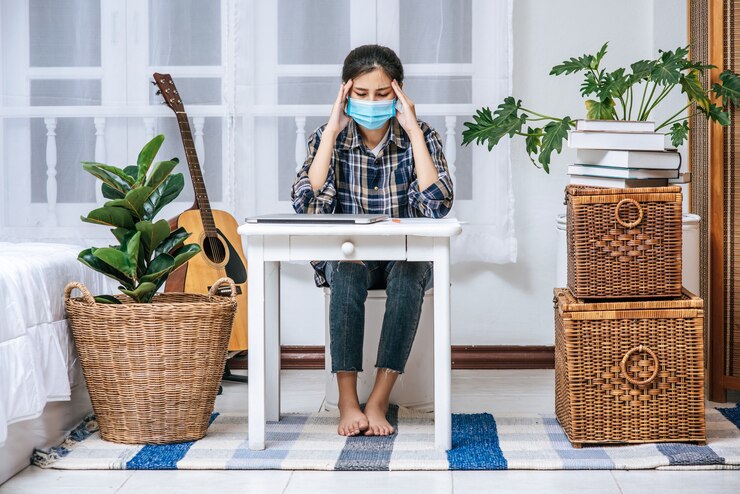
1. **Simple Ways to Make Your Home Allergy-Friendly**
2. **Breathe Easier: Tips for a Cleaner, Healthier Home**
3. **Creating a Low-Allergen Living Space**
4. **Transform Your Home into an Allergy-Safe Zone**
5. **Everyday Habits That Help Keep Allergens at Bay**
6. **A Fresh Start: Minimizing Allergens Room by Room**
7. **Your Guide to a More Comfortable, Allergy-Resistant Home**
Let me know if you’d like the tone to be more formal, playful, or tailored to a specific audience!
Spring is just around the corner, and for many of us, that means allergy season is about to kick in. But you don’t have to suffer through it—start cutting down on allergens in your home now with a few easy steps.
Allergies are incredibly common and can happen any time of the year. They occur when your immune system overreacts to substances in the environment, like pollen, dust mites, mold, or pet dander. These allergens enter your body through the air and can trigger symptoms like sneezing and itching. But it doesn’t stop there—some allergens can lead to more serious health issues by affecting your skin, lungs, or digestive system.
When your immune system reacts to allergens, it can become overly sensitive, making you more vulnerable to other illnesses. In severe cases, exposure to certain allergens can cause anaphylaxis—a life-threatening reaction that may include a sudden drop in blood pressure and other serious symptoms, which can vary from person to person.
To keep allergens at bay, regular cleaning is key. You don’t need fancy products—something as simple as a bleach solution can be very effective. Make sure to clean surfaces that come into contact with food and keep up with routine cleaning throughout your home.
Using an air purifier is another great way to reduce allergens indoors. These devices come in different sizes and can help remove not just allergens, but also bacteria and viruses. HEPA filter purifiers are especially effective and don’t release harmful ozone gases.
Mold thrives in dark, damp areas, so it’s important to check for leaks in places like the kitchen and bathroom. If your home’s humidity is above 50%, consider using a dehumidifier. Keeping your thermostat between 60 and 72 degrees and using air conditioning during warmer months can also help.
Switching to mite-resistant bedding—like silk sheets, latex mattresses, and hypoallergenic covers—can make a big difference. Avoid feather pillows and heavy quilts, and choose furniture with smooth surfaces like leather or vinyl, which are easier to clean and less likely to trap allergens.
Smoke is another major trigger, so it’s best to enforce a no-smoking rule inside your home. If someone needs to smoke, ask them to do it outside.
By following these simple steps, you can create a cleaner, healthier home and keep those pesky allergens under control.